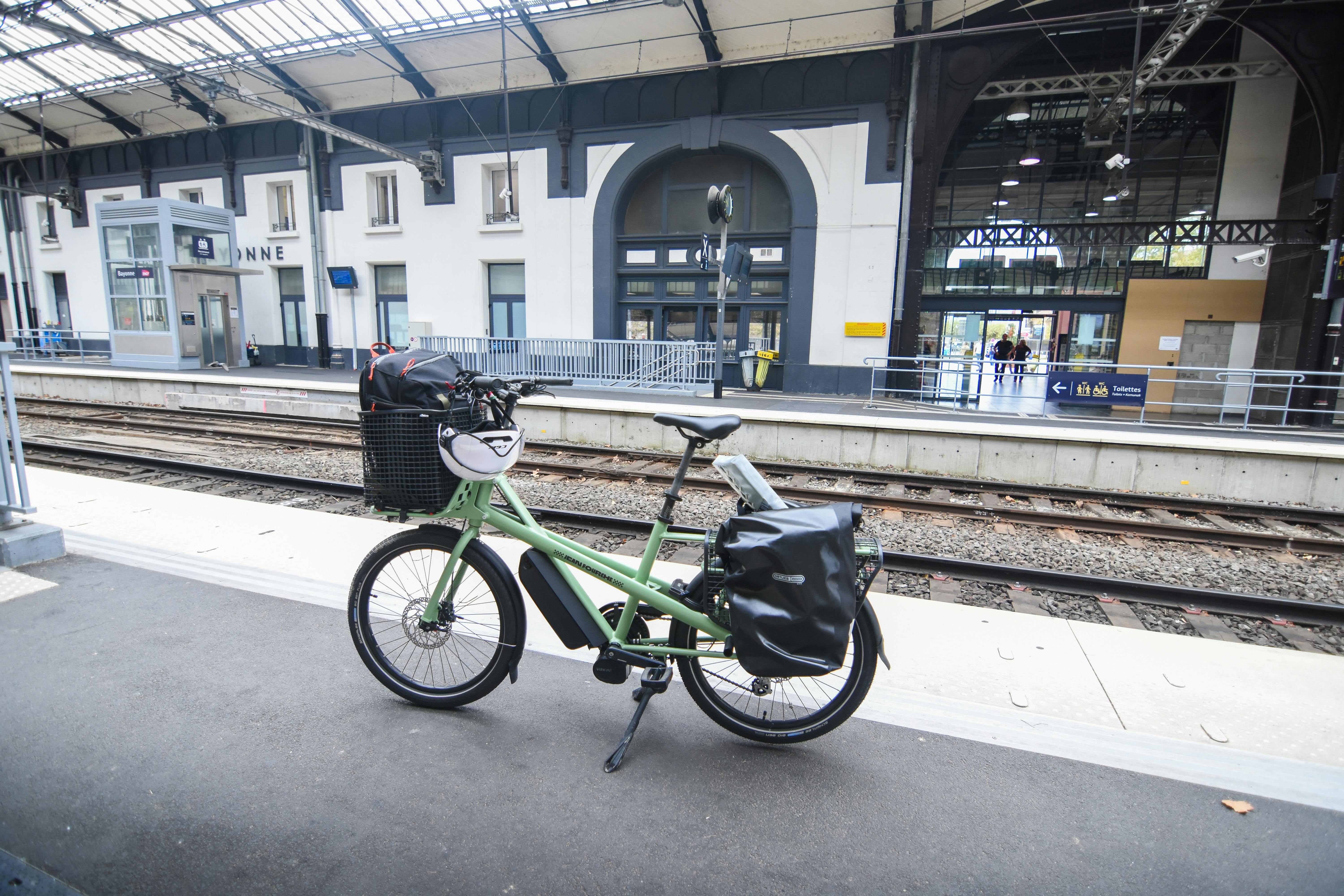Reducing journey carbon footprints through modal choices
Choosing travel modes thoughtfully can cut a journey’s carbon footprint without sacrificing convenience or safety. By planning itineraries, prioritizing rail and efficient transit, and integrating micromobility or shared rides for the last mile, travelers can lower emissions while maintaining accessibility. Practical choices around airports, e-tickets, baggage and connections also shape outcomes.

How can itineraries and connections reduce carbon?
Well-planned itineraries minimize unnecessary legs and idle time that increase emissions. Consolidating stops, choosing direct over multi-stop routings, and allowing efficient connection windows reduce fuel use for planes, trains, and buses. When possible, favor schedules that avoid overnight layovers that require extra ground transport. Using digital etickets and consolidated booking can cut duplicated segments and paperwork, and improves the chance of smoother transfers. Thoughtful connection planning reduces both carbon and the risk of missed links, so compare durations, transfer types, and alternative routes when assembling an itinerary.
What role do airports, transit, and rail play in footprints?
Airports and rail hubs differ markedly in per-passenger emissions: short-haul flights typically emit more per kilometer than rail, while high-speed or electrified rail is often lower-carbon. Choosing rail for medium-distance intercity travel reduces fuel burn, especially if the rail network runs on low-carbon electricity. Urban transit such as buses and trams scales efficiently for many passengers and reduces per-person emissions compared with private cars. When selecting between airports, consider ground access options; an airport reachable by frequent electric or high-efficiency transit can lower the overall journey emissions.
How does micromobility and lastmile planning affect emissions?
Micromobility modes — shared bikes, e-bikes, and scooters — provide low-carbon last-mile links from stations or airports to final destinations. Integrating micromobility into an itinerary reduces reliance on motorized taxi trips for short distances and can bypass congested roads. For accessibility and safety, check parking and docking availability, helmet requirements, and curbside regulations. Consolidating last-mile choices with public transit schedules (for example, timed connections from rail arrivals) helps ensure a low-emission end-to-end journey.
When is rideshare more sustainable than other options?
Rideshare services can be sustainable when they replace solo car trips or long, inefficient transfers and when pooled options are chosen. Choosing shared rides or electric vehicles reduces per-passenger emissions relative to single-occupancy combustion cars. However, rideshare trips that replace walking, micromobility, or efficient transit may increase emissions. Evaluate rideshare against frequency and routing of local transit: for late-night or low-frequency routes, a pooled rideshare may be more practical and lower-carbon than running a near-empty bus or taxi.
How do e-tickets, baggage, and visas influence modal choices?
E-tickets reduce paper waste and speed transfers, enabling better connection planning. Baggage considerations affect mode choice: heavy or oversized items make rail or door-to-door services more attractive, while light travelers can favor micromobility or transit. Visa and entry requirements may influence whether cross-border rail or a flight is feasible; processing time and documentation can dictate route timing and the need for direct options, which often have lower per-km emissions than indirect routings. Factor these logistical elements into modal comparisons to avoid inefficient detours.
How to balance sustainability with safety and accessibility?
Sustainable modal choices must account for safety and accessibility to be equitable. Prioritize modes that offer accessible boarding, secure storage for mobility aids and baggage, and safe pedestrian or cycling infrastructure. For people with limited mobility or in areas with unsafe micromobility infrastructure, low-emission rideshare or accessible rail options may be preferable. Consider time of day, lighting, and station staff availability when planning. Combining modes — for example, a rail trip plus an accessible shuttle for the last mile — often yields lower carbon outcomes while maintaining inclusivity and security.
Conclusion Reducing journey carbon footprints involves more than choosing a single low-emission mode; it requires coherent itinerary design, sensible connections, and attention to last-mile solutions. Airports, rail, transit, micromobility and rideshare each have roles depending on distance, infrastructure, and traveler needs. By weighing carbon implications alongside safety, accessibility, baggage and visa constraints, travelers and planners can assemble practical, lower-emission journeys that fit real-world conditions.





